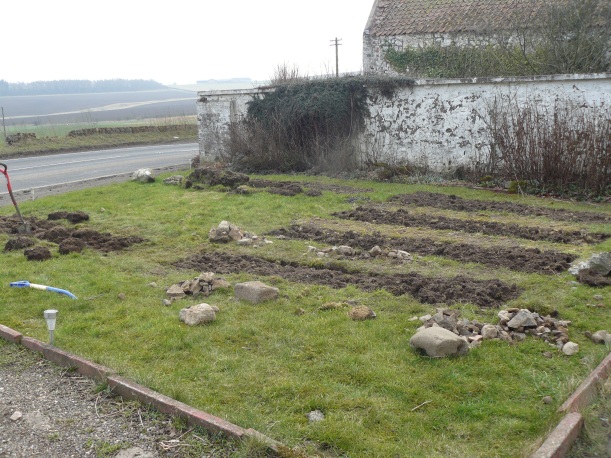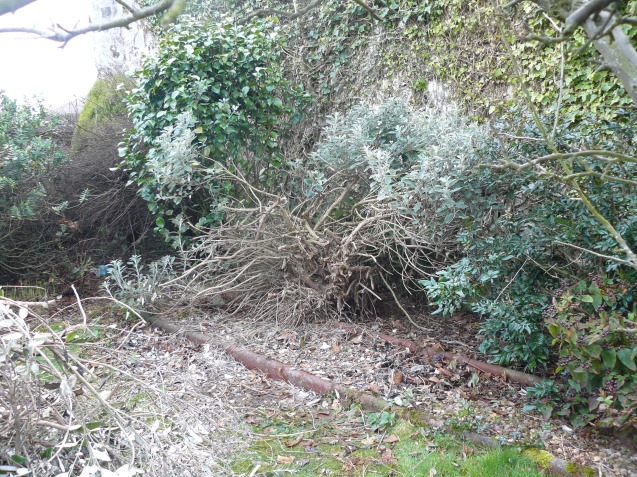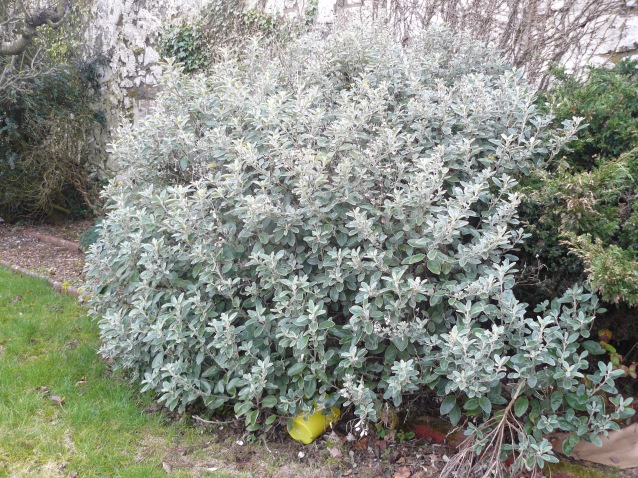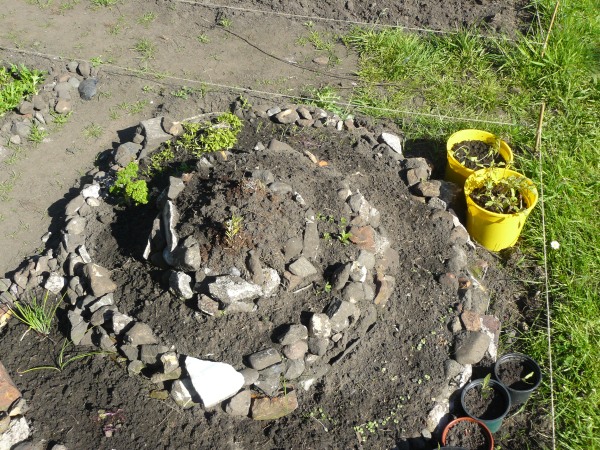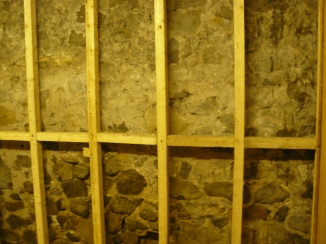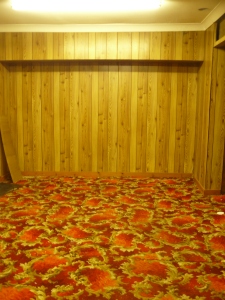The weather is finally starting to get a little bit warmer – it feels like spring has properly begun. The daffodils are coming out now in sunnier parts of the garden and trees are budding. The comfrey which has been looking rather grim over winter following its unceremonious removal from the allotment and transplantation in the orchard/ forest garden has produced fresh shoots.
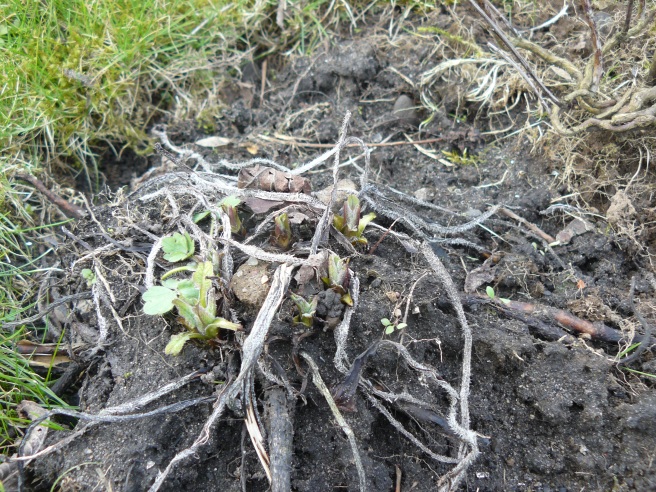
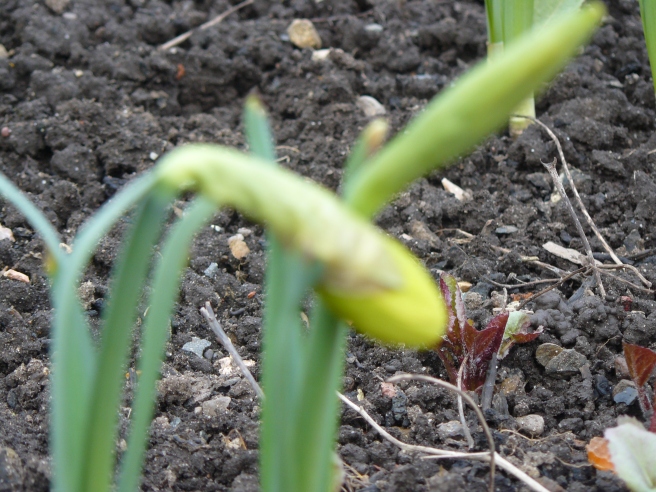
Flowers that appear early in spring are particularly vital – they will attract the pollinators that the garden requires to thrive, as well as putting on a pleasant show for us.
If you have dandelions – don’t pull them all up! Many people spend a lot of time getting rid of them but they are useful early pollinators and also have deep roots and draw up nutrients from deep below ground. In fact, they are just one of many plants that most call ‘weeds’ that are actually very beneficial.

